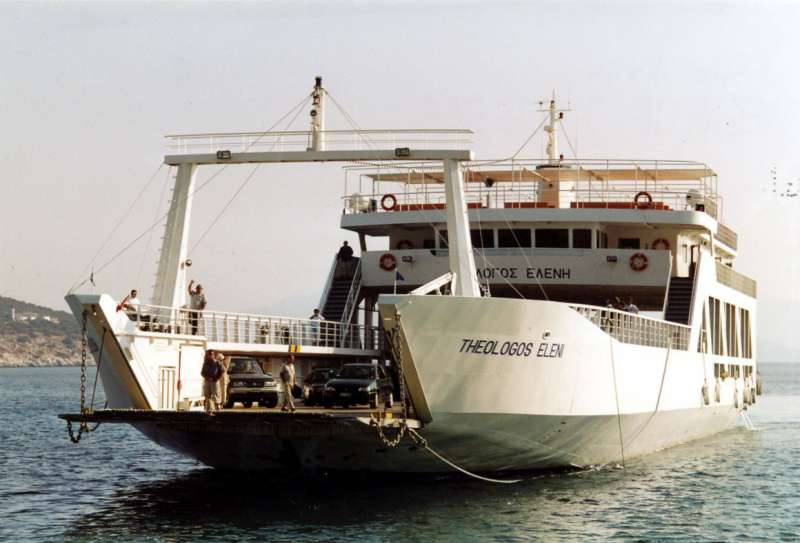The cruise vessels that are available in the market today are direct successors of the original ocean liners, also popular as transatlantic passenger vessels. Most of the ocean liners of 1920s, 30s and 40s are surviving in other forms. For example, the Queen Elizabeth II has turned into a floating resort in Dubai. Another older ship –

the original Queen Mary is now serving as a hotel or tourist attraction in Long Beach, the Rotterdam will soon become a museum in the Netherlands. Cunard’s Queen Mary II is likely to be the last contemporary ocean liner for transatlantic passenger service.
There are still a couple of older ocean liners serving all around the globe like cruise ships. But their numbers are decreasing.
Key Differences Between Today’s Vessels and Old Liners
Necessity for speed
One key difference between the ships in the recent years and the old liners is the necessity for speed. In the initial days, ocean liners were only afforded by rich and powerful people, who had an urgency to reach their destination quickly. Today’s cruise ships are indeed faster than most of the old ships, but at the time of engineering, the focus is solely not on the high speed. Now days, people are opting for cruise vessels to enjoy the relaxing ambiance and the prime objective is vacationing. Therefore, longer, slower and more leisurely trips are mostly preferred.
Mix of accommodations & facilities
The range of accommodations on modern cruise vessels comprise – a cabin; ‘Presidential suites’ aimed to be used by the President, although hardly any President will ever stay in those suites in recent times. Similarly, the Queen’s Grill on British-Flagged ships was the place where the Queen would actually had her dinner if she was in the sea. At present, “High Tea” on some of the cruise ships are also the successor of “The Gilded Age”.
The years 1880s to 1930s were the golden days of grand dining, when ladies in gowns and gentlemen in white tie and tails in dinner jackets circled round the dinner table to participate in grand dining. The formal nights on today’s cruises are influenced from the genteel practices of the old-gold era. There was ballroom, libraries and lounges. Over the decades, the modes of entertainment evolved with Broadway-style shows, numerous bars, rock climbing walls, game zones, water slides, nightclubs, small golf courses and more.
The role of Classification Society – now and then
A Classification Society is a non-governmental body that looks after the technical aspects; sets rules; ensures that design and details of every vessel meet these rules,
inspect vessels at the time of construction and at frequent intervals to make sure that these vessels continue to abide by the technical rules and standards.
In the year 1760, the Register Society, the first classification society was formed to publish ships’ registrations annually. This publication was intended to classify the status of the hull and equipment of the ship. At the initial stages, the condition of every vessel was classified annually.
At present, there are several classification societies that every classification society employs surveyors for ship inspection, material engineers, mechanical engineers, electrical engineers, etc. They are authorized to examine oil rigs, ships, submarines and other marine structures. If everything meets the rules, they issue certificates on behalf of the state’s flag under which the ships are registered.
The old cruise vessels are now refurbished and used for multiple purposes. Therefore, one can get old cruise vessels for sale at reasonable prices by contacting a reliable ship broker.


